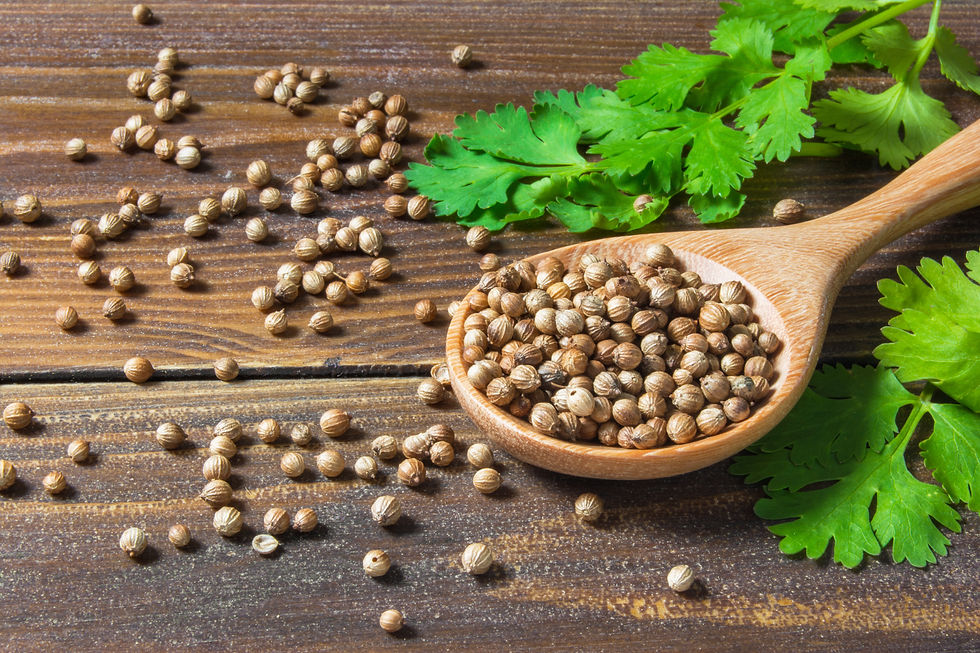Coriander vs. Cilantro: Unveiling the Flavors and Uses of a Versatile Herb
- Marnie
- May 17, 2023
- 2 min read
Coriander Vs. Cilantro:
Coriander and cilantro are two terms used to refer to different parts of the same plant, Coriandrum sativum. The term "coriander" typically refers to the dried seeds of the plant, while "cilantro" refers to the fresh leaves and stems.

Coriander Seeds:
Coriander seeds have a warm, nutty flavor and are commonly used as a spice in cooking, like in this yummy Butter Chicken! They are popular in various cuisines around the world, including Indian, Middle Eastern, and Mediterranean cuisines. The seeds are often ground into a powder or used whole to add flavor to curries, stews, marinades, and baked goods. Coriander seeds are rich in antioxidants and have been associated with potential health benefits, such as digestive support and cholesterol-lowering properties.
Cilantro Leaves and Stems:
Cilantro, on the other hand, refers to the fresh leaves and stems of the coriander plant. Cilantro is widely used as an herb in many cuisines, particularly in Mexican, Thai, and Vietnamese dishes. The leaves have a distinct, bright, and citrusy flavor that adds a refreshing and aromatic element to various dishes. Cilantro is commonly used as a garnish, added to salads, salsas, soups, and stir-fries. It is also a key ingredient in sauces like guacamole and salsa verde. Cilantro is known for its nutrient content, including vitamins A, C, and K, as well as minerals such as calcium and potassium. It also possesses potential health benefits, including anti-inflammatory, antimicrobial, and potential detoxification properties.
Both coriander and cilantro offer unique flavors and can be used in combination or individually, depending on the desired culinary outcome. It's important to note that while some people enjoy the taste of cilantro, others may have a genetic predisposition that makes it taste soapy or unpleasant to them.







Comments